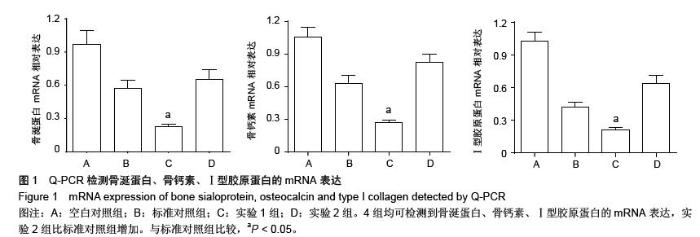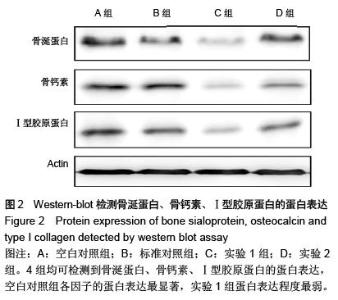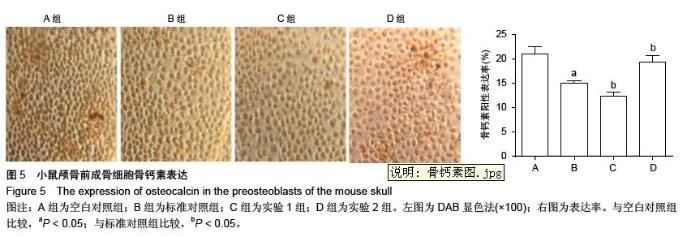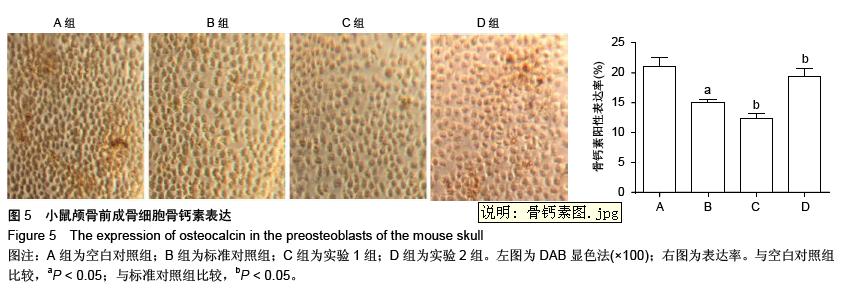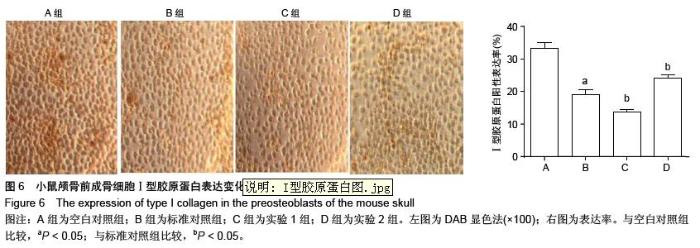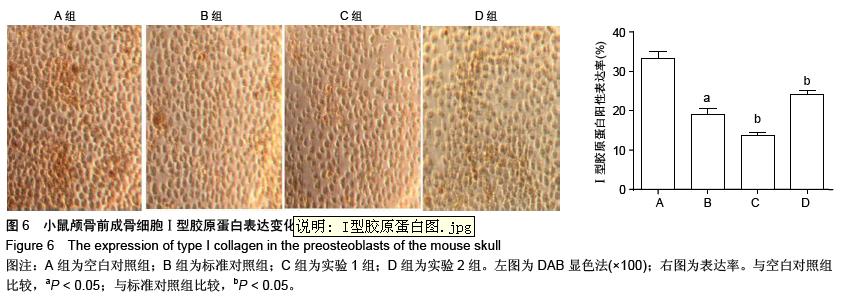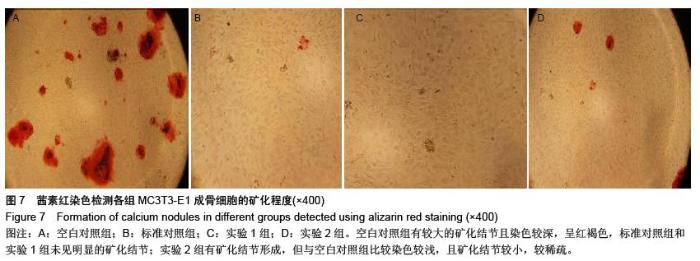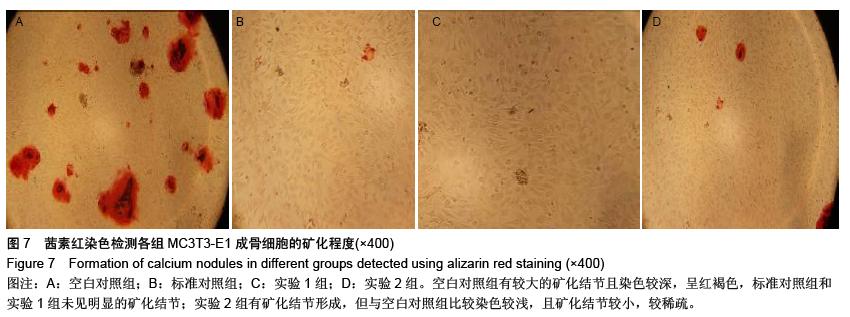| [1] Kurtz S, Ong K, Lau E, et al. Projections of primary and revision hip and knee arthroplasty in the United States from 2005 to 2030. J Bone Joint Surg Am 2007;89(4):780-785.
[2] Harris WH. Conquest of a worldwide human disease: particle-induced periprosthetic osteolysis. Clin Orthop Relat Res 2004;(429):39-42.
[3] Sabokbar A, Kudo O, Athanasou NA. Two distinct cellular mechanisms of osteoclast formation and bone resorption in periprosthetic osteolysis. J Orthop Res 2003;21(1):73-80.
[4] Deirmengian GK, Zmistowski B, O'Neil JT, et al. Management of acetabular bone loss in revision total hip arthroplasty. J Bone Joint Surg Am 2011;93(19):1842-1852.
[5] Ren PG, Irani A, Huang Z, et al. Continuous infusion of UHMWPE particles induces increased bone macrophages and osteolysis. Clin Orthop Relat Res 2011;469(1):113-122.
[6] Goodman SB, Ma T. Cellular chemotaxis induced by wear particles from joint replacements. Biomaterials 2010;31(19): 5045-5050.
[7] Atkins GJ, Welldon KJ, Holding CA, et al. The induction of a catabolic phenotype in human primary osteoblasts and osteocytes by polyethylene particles. Biomaterials 2009; 30(22): 3672-3681.
[8] Cordova LA, Stresing V, Gobin B, et al. Orthopaedic implant failure: aseptic implant loosening--the contribution and future challenges of mouse models in translational research. Clin Sci (Lond) 2014;127(5):277-293.
[9] Harada S, Rodan GA. Control of osteoblast function and regulation of bone mass. Nature 2003;423(6937):349-355.
[10] Takei H, Pioletti DP, Kwon SY, et al. Combined effect of titanium particles and TNF-alpha on the production of IL-6 by osteoblast-like cells. J Biomed Mater Res 2000;52(2): 382-387.
[11] Wang Z, Liu N, Liu K, et al. Autophagy mediated CoCrMo particle-induced peri-implant osteolysis by promoting osteoblast apoptosis. Autophagy. 2015 Nov 13:0. [Epub ahead of print]
[12] Lochner K, Fritsche A, Jonitz A, et al. The potential role of human osteoblasts for periprosthetic osteolysis following exposure to wear particles. Int J Mol Med 2011;28(6): 1055-1063.
[13] Choi MG, Koh HS, Kluess D, et al. Effects of titanium particle size on osteoblast functions in vitro and in vivo. Proc Natl Acad Sci U S A 2005;102(12):4578-4583.
[14] Kolodkin AL, Matthes DJ, Goodman CS. The semaphorin genes encode a family of transmembrane and secreted growth cone guidance molecules. Cell 1993;75(7):1389-1399.
[15] Unified nomenclature for the semaphorins/collapsins. Semaphorin Nomenclature Committee. Cell 1999;97(5): 551-552.
[16] Jongbloets BC, Ramakers GM, Pasterkamp RJ. Semaphorin7A and its receptors: pleiotropic regulators of immune cell function, bone homeostasis, and neural development. Semin Cell Dev Biol 2013;24(3):129-138.
[17] Cooper HJ, Ranawat AS, Potter HG, et al. Early reactive synovitis and osteolysis after total hip arthroplasty. Clin Orthop Relat Res 2010;468(12):3278-3285. |
